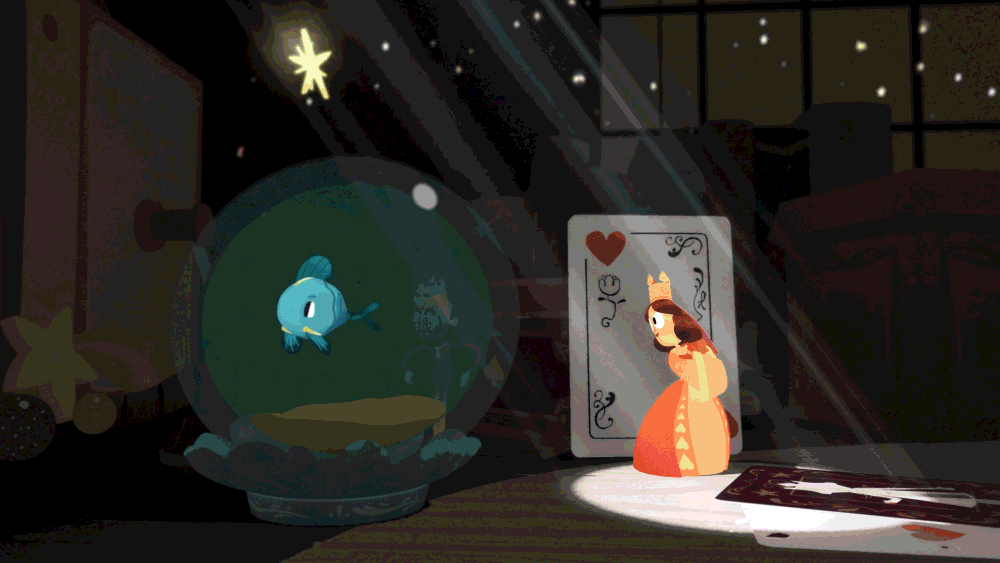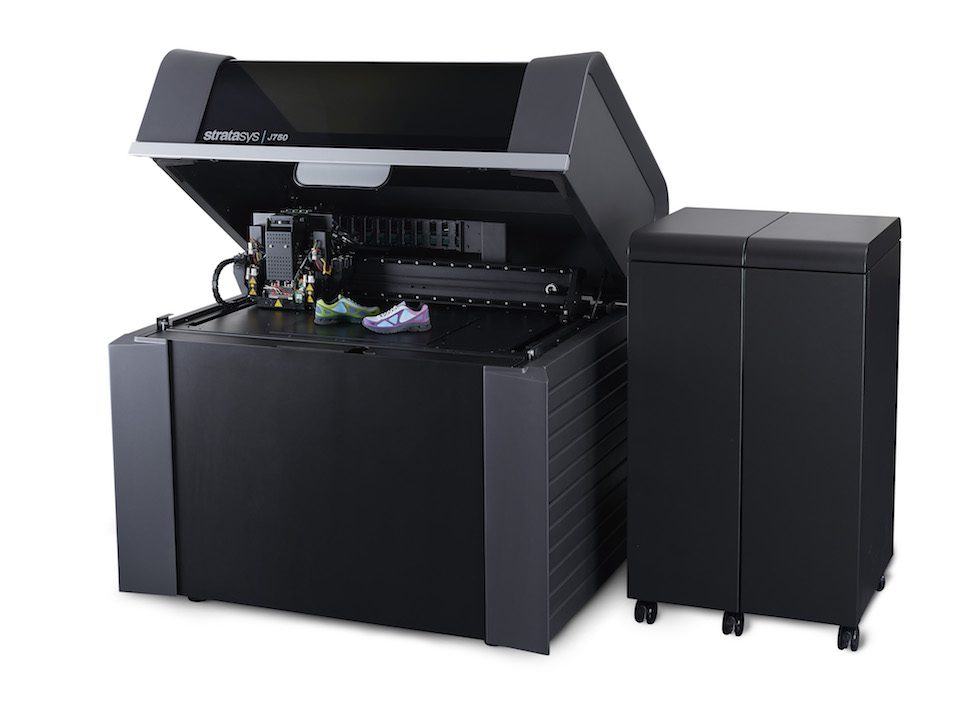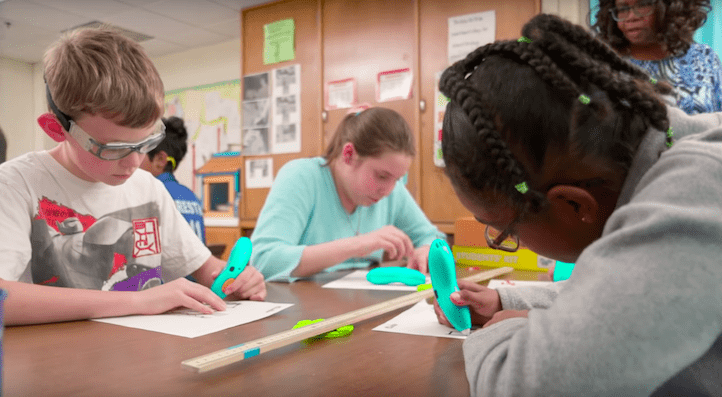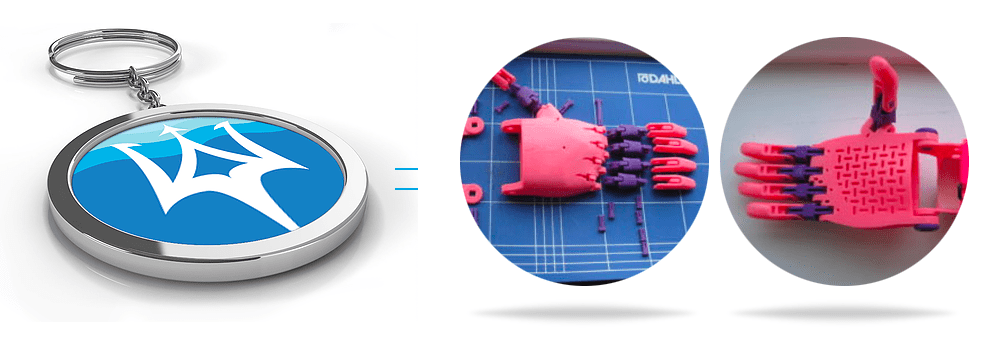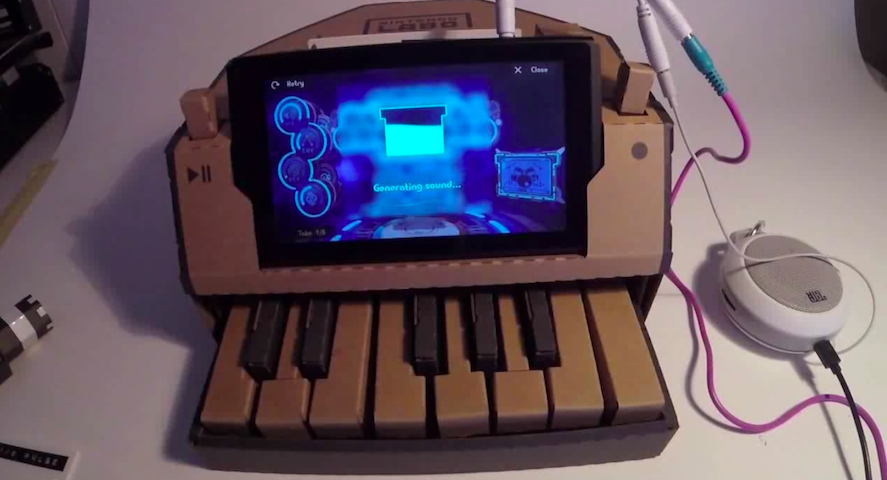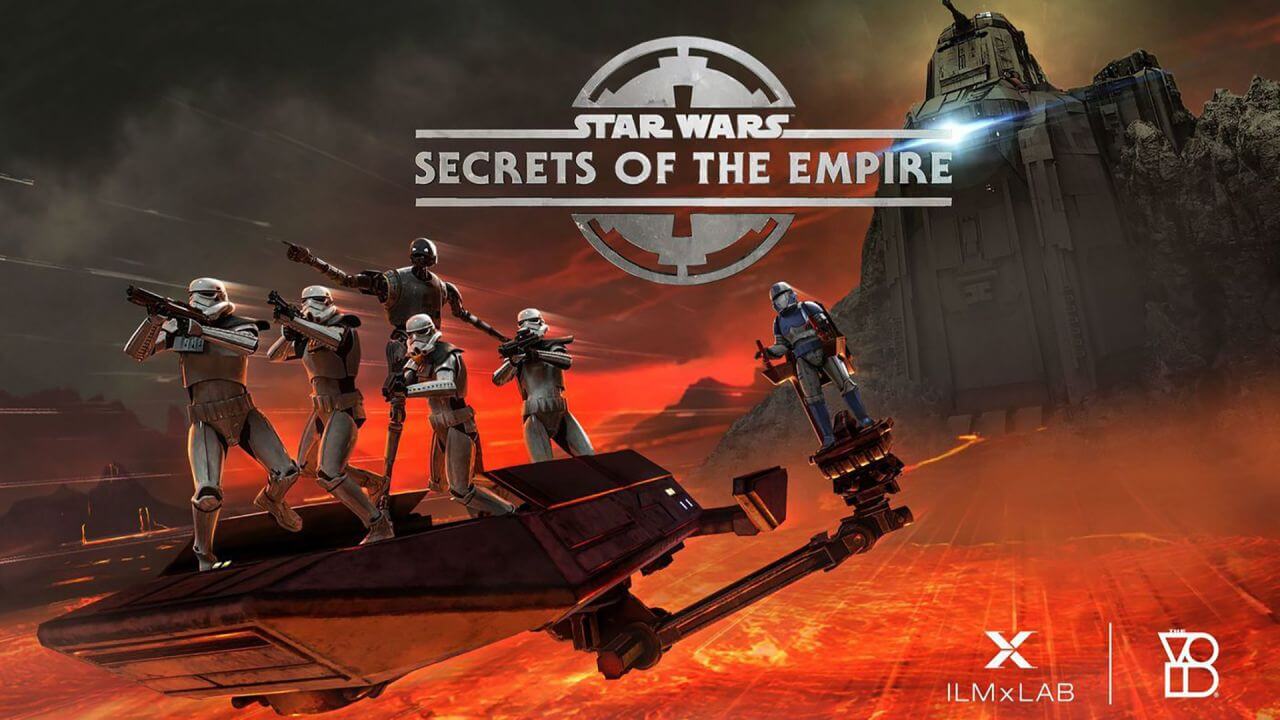Reading Time: 3 minutes
The Fortnite comet has finally hit and has changed the world forever.
Fans just can’t get enough of the online game at the moment, and now this big change has made the game even more exciting.
This is because meteors have been falling and now one huge comet has hit Tilted Towers, the most populated city in the game.
Not only is there a whole new location to explore, it’s left a huge crater with interesting things to explore within it.
The new area is called Hop Rocks, and in it, are some special glowing rocks which you can eat, giving you the ability to float about as it lowers gravity levels.
In recent weeks, if you looked up into the sky while playing Battle Royale, you probably noticed some rather large shooting stars.
[youtube https://www.youtube.com/watch?v=fkjLWbgStwE?feature=oembed&w=500&h=281][youtube https://www.youtube.com/watch?v=fkjLWbgStwE?feature=oembed&w=500&h=281]
Starting off small and hard to spot, they started growing rapidly in size and frequency, coming closer to the ground.
Before it hit, there was wild speculation as to what was going to happen.
Fan blog Fortnite Intel believed the shower of stars would lead to a meteorite destroying Tilted Towers:
The Tilted Towers destruction theory started out simply with the sighting of a comet in Fortnite’s sky which has grown in size over the past few weeks. This has transformed, however, into something much bigger.
A few days ago, players started spotting small ‘shooting stars’ in the sky.
As of today, April 18, the date which many expected the comet to hit Tilted Towers, many meteors on a much larger scale have started to appear.
Aiming at the comet causes a strange sound to occur.
If you love Fortnite, you may be interested to know being a skilled gamer could land you a university place. Yes, really.
Not only is Fortnite a fun game to spend time playing, it also requires strong abilities in logic and creativity if you want to succeed – and this is something Ashland University in the US has picked up on.
The Ohio based university has, this week, announced a brand new scholarship for particularly talented players, with try outs for the Ashland Eagles starting in Fall 2018.
Scholarships will be worth up to $4,000 in tuition and are available for both existing and prospective students. These lucky students will also get the chance to compete on a team representing Ashland University.
As well as Fortnite, this program will also include coaching for Overwatch, Rocket League, Counter-Strike and League of Legends.
Don’t go buying your college sweater just yet though. As well as level of player skill, applicants will also be assessed on their academic record.
So you’ll have had to have squeezed in a few maths classes in between your gaming sessions.
Incoming head coach Josh Buchanan – whose background is in StarCraft II eSports – told Variety:
I think ‘Fortnite’ has a lot of room for players to get creative,
There’s a lot of teamwork in [the game’s core building mechanic] that’s really untapped. A lot of players kind of do fancy stuff, and it looks cool, but it might not be the most efficient.
I think it’s a game that, due to how creative you can be, there’s a lot of potential to get really, really skilled in the game.
Great news for gamers, surely!?
If you have a story you want to tell send it to UNILAD via [email protected]
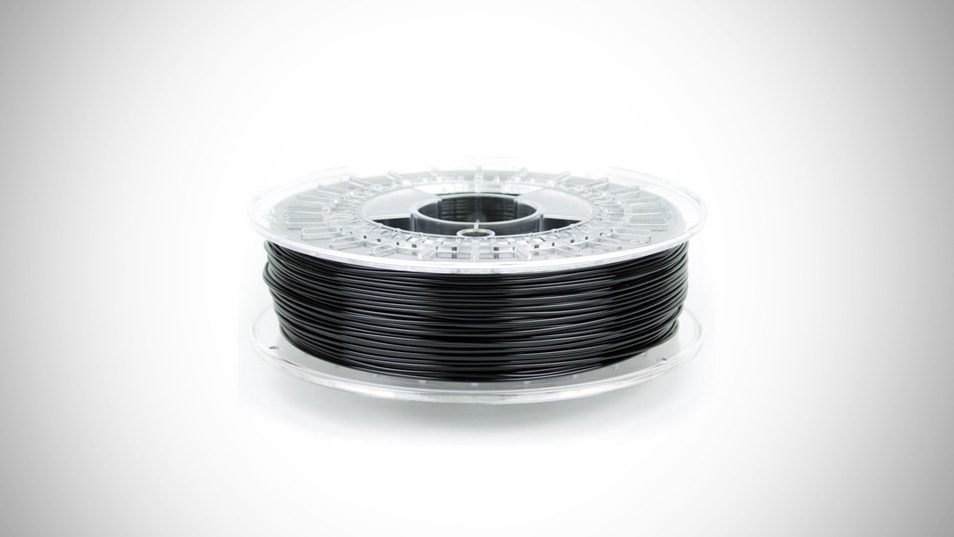
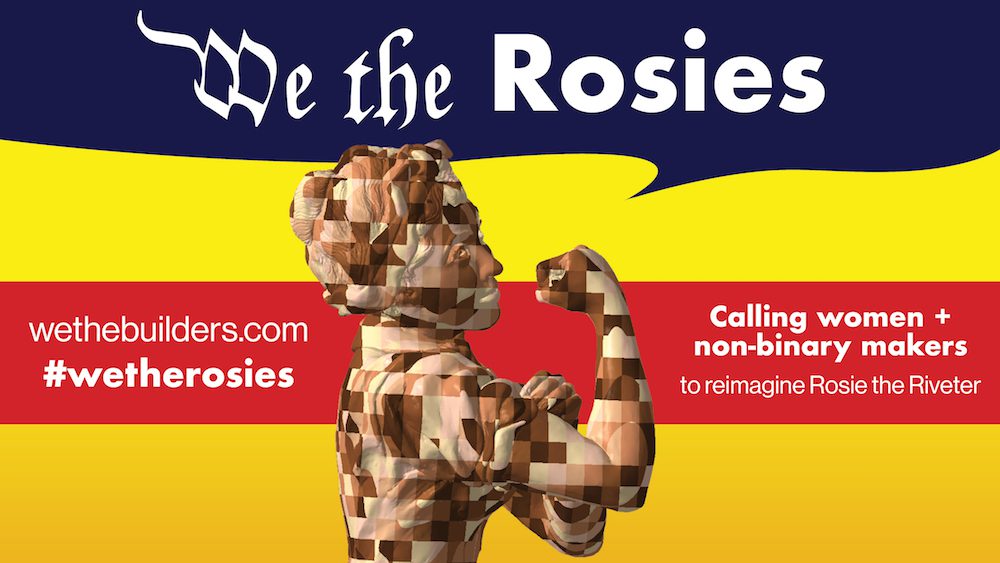
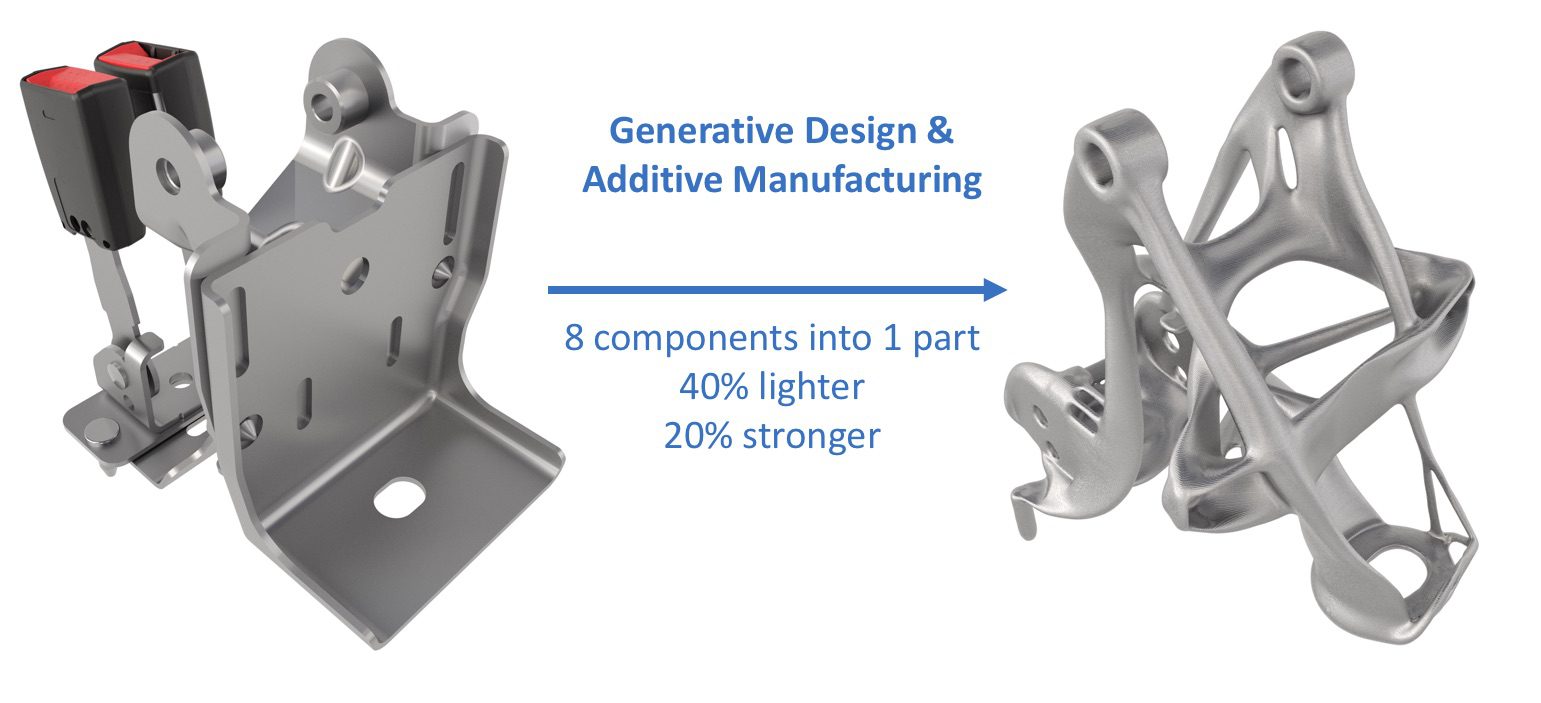
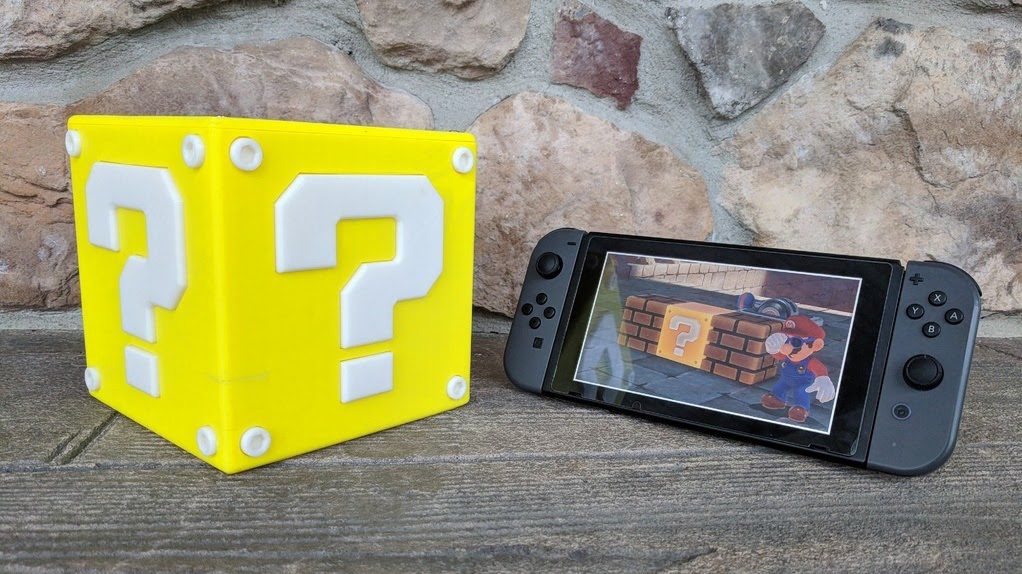
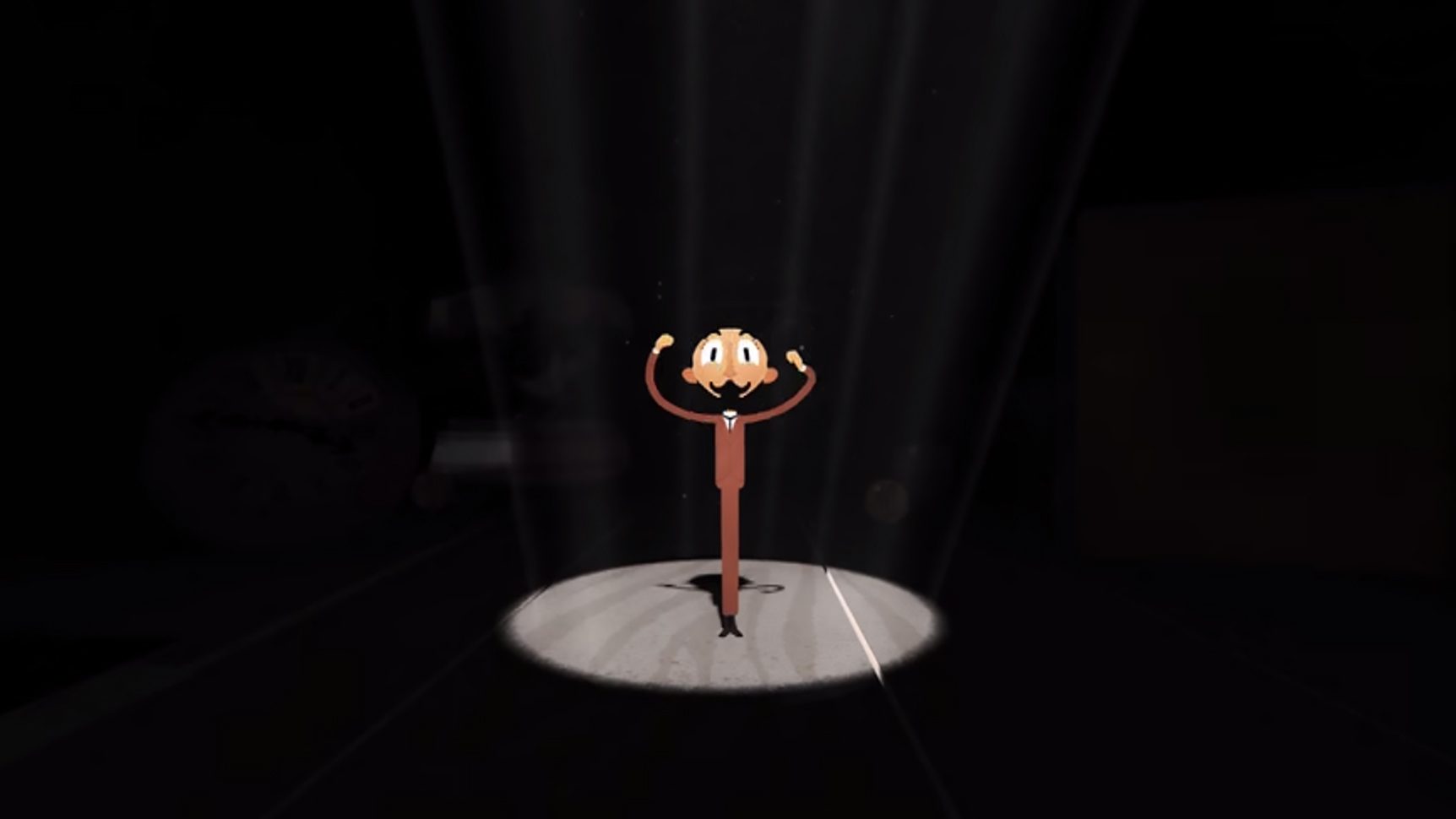
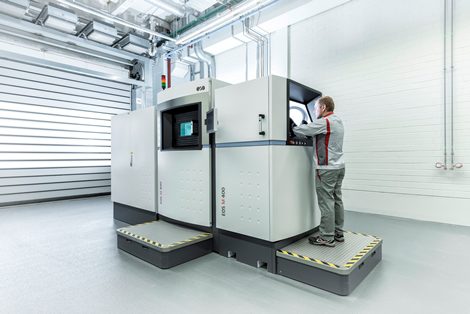
![[DEAL] Save $55 on Anycubic’s i3 Mega Ultrabase 3D Printer](https://www.blogdot.tv/wp-content/uploads/2018/05/deal-save-55-on-anycubics-i3-mega-ultrabase-3d-printer.jpg)
